How mobile is charting a disruptive growth story in rural markets
India is on the way to becoming a mobile-first market with growing number of users – and this growth is not limited to the urban markets alone. As per industry reports, mobile phone penetration is substantially greater than television in rural India. While people in rural areas might not have access to televisions, computers, or newspapers, they are far more likely to have a mobile phone.
Moderating the panel discussion on ‘Mobile Medium: A Route to Penetrate Rural Market’ at the 5th edition of MOBEXX 2021, Naresh Gupta, Co-founder and Managing Partner Bang in the Middle (BITM), said that there are 600 million Internet users in the country today, which is expected to go up to 900 million. “Even in the rural markets, there are about 300 million Internet users. The male-female skew is not there, it is almost equal and there is a lot of conversation that has started to happen on this part where Voice and Video have started to become the more sought after technology.”
This leaves businesses with little choice but to creatively use mobile to target this relatively huge subset of customers on a one-to-one basis. A mobile-first strategy also provides a company with highly enhanced customer-centric data that can be leveraged for future brand-building activities, product refinement, and better targeting.
The esteemed panellists taking part in the discussions were:
Gazal Bajaj, Head - Media Management, Nestle
Sagar Boke, Head - Customer & Shopper Marketing - Foods & Beverages, Tata Consumer
Saurabh Agarwal, Head - Analytics & Digital Marketing, Lenskart
Vignesh Murali Bhat, Head - Marketing, Brand & Corporate Communication, Equitas Small Finance Bank
On using the entire new-age Internet connectivity to drive brand communication and brand engagement using voice and video, Gazal Bajaj noted, “All of us keep talking about how voice and video vernacular are our key trends when we look at urban consumers, but in reality, I feel it is going to have more traction when it comes to rural consumers.”
She further said, “Voice is actually going to see massive growth in rural areas, not because it is a fast growing industry, but because it brings convenience to the people, and that’s exactly what we want to keep in mind when we are reaching out to the rural audiences. While most of our messages will continue to be simple enough, but are we prepared to work with audio interfaces? Are we willing to go beyond the Spotifys and the wings of the world to look at base-level voice advertising? I feel that is a huge area of growth on that front, and when it comes to video as well, it is simply taking over from where TV was. In rural TV setups, you have TV in the panchayat and the whole village is watching, but the phone takes away that screen and brings it to their hand, and that’s where, again, there is massive growth and opportunity for an advertiser like us.”
Talking about leveraging voice extensively, Sagar Boke mentioned, “Voice obviously is an easier and more intuitive medium for the rural audience. If you look at the statistics by Google voice search, the voice searches on vernacular far exceed the tech side. I think that is one indication that voice is going to become big. Having said that, are we using voice extensively in Tata Consumer right now? The answer is no, but do we have the intent. We do believe that voice is going to be the next thing. I also believe that the ecosystem is going to evolve, I think there are a few players in voice solutions who will up your voice solution and I think they are all learning, and we are working with a few of them to create solutions.
Saurabh Agrawal spoke about how the new consumers who are coming on to Internet-enabled devices look at different brands for the first time and gain trust. He said, “Eyewear as a category is a very difficult category to sell online. Online started with simple things like books, Internet, and reservations using IRCTC, etc. Those are standardised products, but in the case of spectacles, it is a very custom-made thing where you buy the frame, then you wear it 24x7 for about 18 hours in a day, so, it’s not an easy product to sell. For us, omnichannel plays a very big role. We are leveraging a lot of media channels to do some digital integration. We created a lot of campaigns during IPL 2021, where we asked people to participate and get a chance to win three eyeglasses every minute. We saw a huge surge in traffic due to these campaigns. We are also using the traditional mediums and a bit of local to drive traffic and do something more in an omnichannel way.”
Sharing his perspective on how mobile internet has changed banking, Vignesh Murali Bhat noted, “Till 2019-20, the entire banking industry was anyway moving towards digital, with a majority of the people doing their entire transaction via a mobile app or Internet banking instead of physically visiting bank branches. This was seen in both metro/ urban markets and rural markets. In the post-COVID-19 times, the biggest disruption has happened in the payments space. The rural areas have been seen going more the UPI way and transactions also climbed up. COVID-19 was a big driver of changes happening in the entire payments cycle, which is now moving towards mobile. Thus, mobile has become a very important driver for us in terms of connecting the entire world customers.”
This is an edited excerpt. For the complete discussion, watch below:


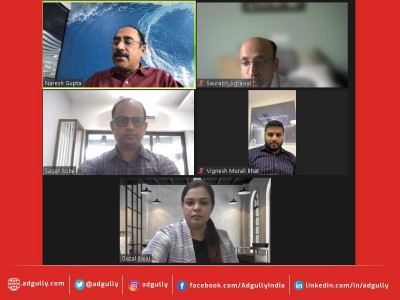



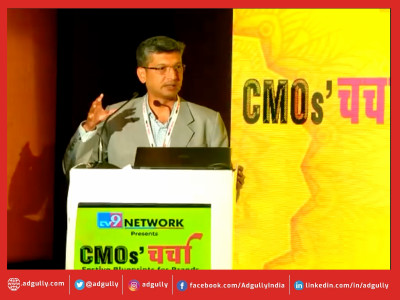
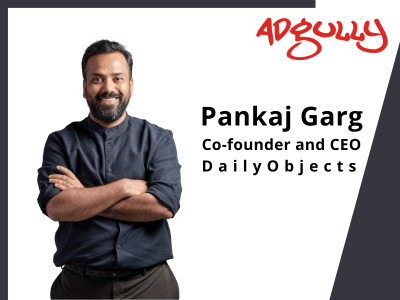
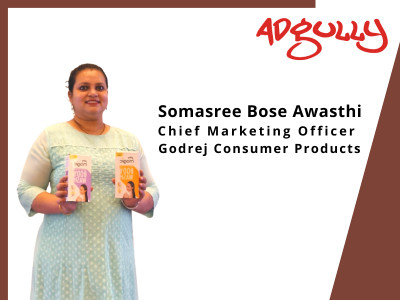
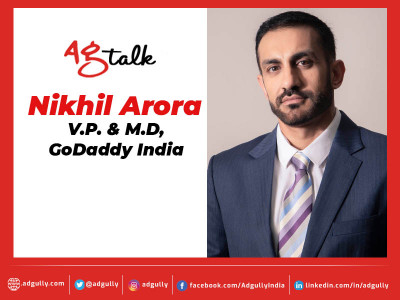
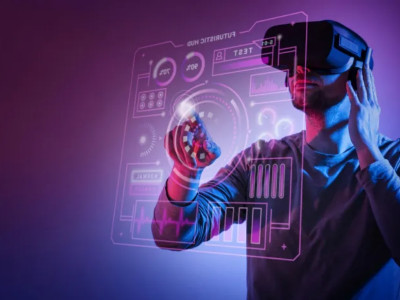

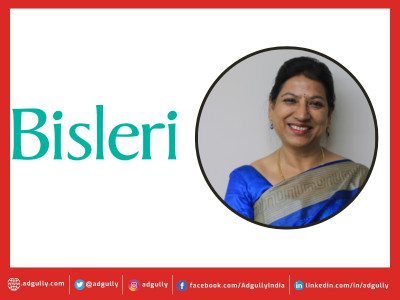

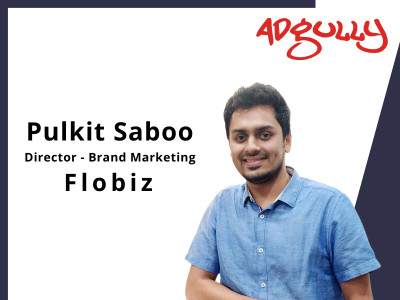


Share
Facebook
YouTube
Tweet
Twitter
LinkedIn